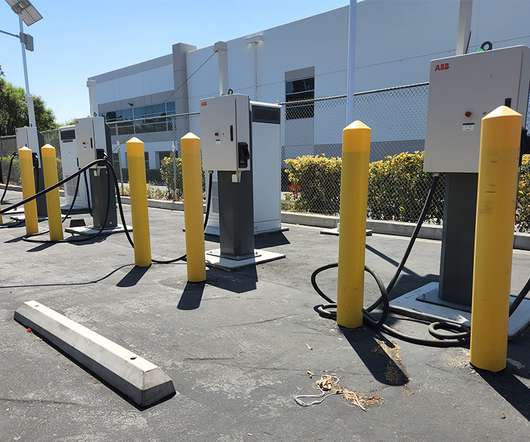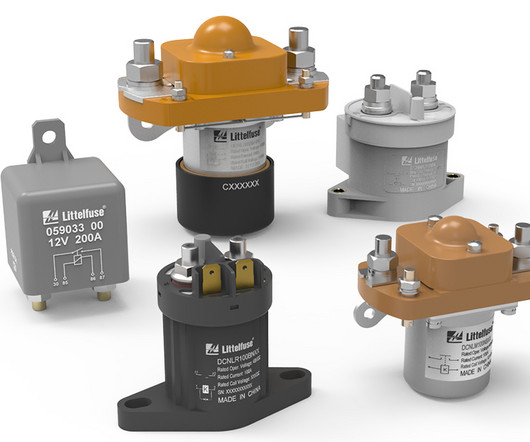Kenworth developing hydrogen fuel cell, Near Zero NOx CNG series hybrid Class 8 prototypes for SoCal ports; CNG hybrids
Green Car Congress
MAY 3, 2017
Kenworth continues its advancements on low/zero emission projects focused on Kenworth T680 day cabs for drayage tractor operation in Southern California ports, which are backed by $9 million in government grants awarded last August. Kenworth’s work on these programs is supported by grants of $2.1 million for each project from the U.S.












Let's personalize your content